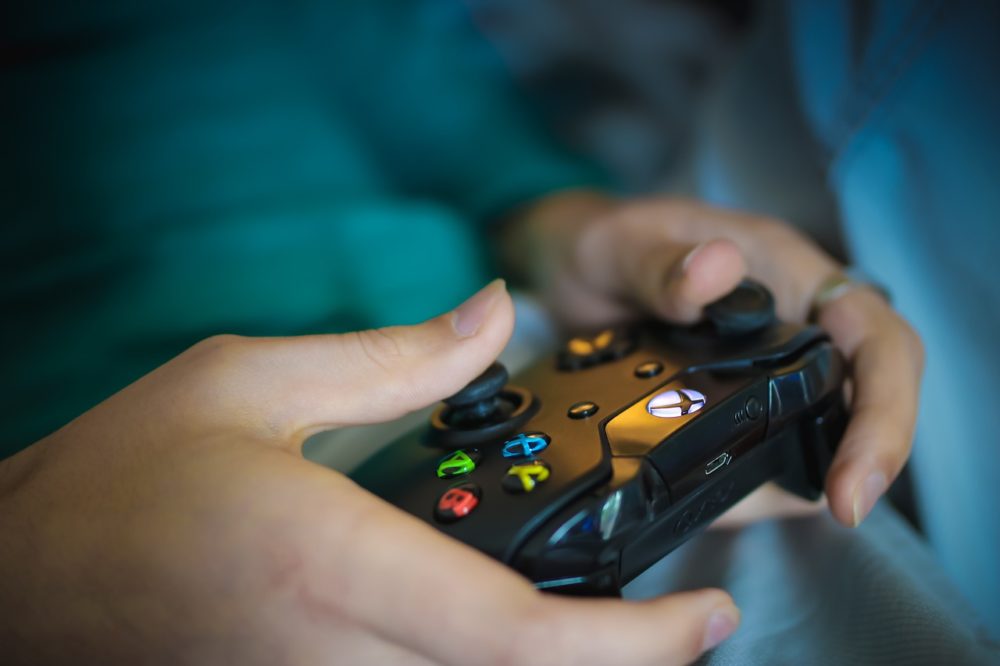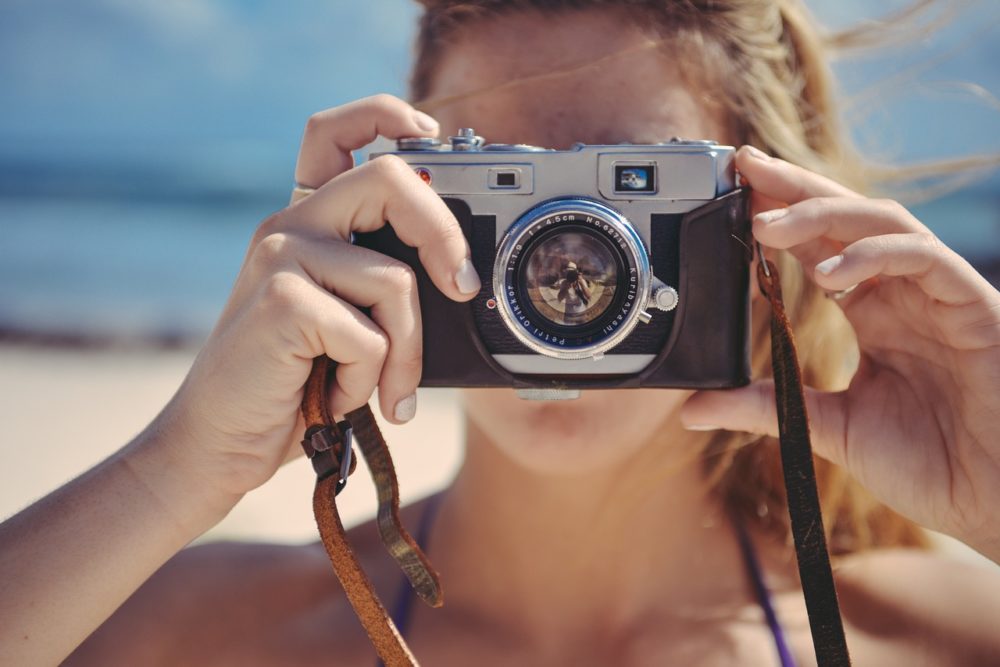Video games and photography may not go together on first sight, but zoom in and focus (get it?) and you will start to see just how being a gamer will help you become a better photographer.
You hear the criticisms all the time – games will rot your brain. They make you stupid and take your attention away from any real time to learn some essential life skills. In reality, the complete opposite is the truth and these people have no idea what they’re talking about. Games aren’t just one of the greatest entertainment mediums on the planet, they are an incredibly powerful tool in teaching many skills, with one of those being photography.
Compiling an entire degree’s worth of knowledge into one engaging game is the hidden beauty of the many hits you have played in the past couple of decades, so let’s go ahead and highlight just three of the ways in which video games can help your photography skills (yes, photography too!).
1. Framing a good shot and making it count
As the graphical detail in games reaches insane levels of clarity and artistic beauty, many people felt inspired to create their own photographic marvels in-game. Developers listened and soon enough, photo modes popped up in all kinds of games – from Horizon: Zero Dawn & Uncharted 4: A Thief’s End, to Gran Turismo Sport and Firewatch.
Each game has its own set of individual quirks, with many giving you full control over focus, shutter speed, aperture and more, with plenty more manual functionality. Others, on the other hand, limit you to just a 360-degree wind-up camera – Firewatch uses one as a key element of the story. This teaches you the importance of planning each shot, to be economical with your shot count.
2. Making quick calculations
Despite what you thought about maths in school, they do have some real-world applications, including photography. Working out the correct shutter speed is a matter of understanding geometric sequence, as each increase multiplies the amount of light entering the lens by a factor of two – meaning one incorrect move leads to a blown-out shot (arguably something that’s more of a concern in analogue photography, though). Oh, and don’t forget to think about the lens diameter as you adjust the aperture! If you want to get serious about photography, getting mathematical is key.
And from the exercises on Nintendo DS’s Brain Training to rapid calculations of running a Theme Park, you can train your speedy mental calculations with ruthless efficiency. These can obviously help in many other situations in life, including making rapid-fire calculations while playing video slots through working out probabilities and understanding paylines and ensuring you stay on the right side of your monthly budget.
3. Choosing the right filters
Filters do not make a shot, but they can break one. Instagram has become a great tool for both pros and aspiring starters to hone their craft and receive immediate feedback on the quality of their photos. But for every perfectly framed masterpiece, there are thousands of over-saturated, over-filtered eyesores to scroll through.
Believe it or not, many video game photo modes also come with plenty of post-shot customisations including filters to choose from. Experimenting in-game and making mistakes in the virtual world is actually training you up for real-life photography, as you start to see what filters emphasise what elements of every shot!
Take The Last Of Us for example – separate of the whole “zombies are trying to kill you” thing, the photo mode has a whole array of filters, from the subtle to more extreme. In any situation, you can bet only 2-3 of the filters work for the shot you take (with the level tweaked for perfection). Any others would the picture, and this is the important lesson to learn. Just because you have a lot of filters doesn’t mean you should use them.



